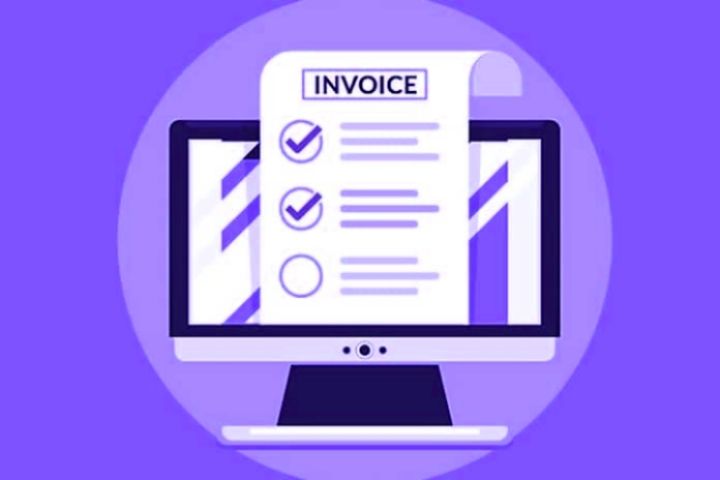Electronic billing. We still have doubts about it. It has been more than a year that if we want to contract with the Public Administration, the electronic invoice is mandatory .
The Law 25/2013 brand from 15 January 2015 all invoices submitted to the government must be electronic. But there is more, how is it done? What if I don’t work with AAPP?
Table of Contents
Electronic Invoice Definition
The electronic invoice is an invoice like the usual ones on paper, but issued in digital format.
Definition of invoice : It is a proof of the delivery of goods or the provision of services.
Definition of electronic invoice : It is an invoice that is issued and received in electronic format.
A relevant consideration is to note that the issuance of an electronic invoice is conditional on the consent of its recipient.
The first thing to think about is that all traditional paper invoices are signed. But how do you sign a digital file?
For a digital invoice to be legally valid it must be signed, and as you can imagine, the signature must also be digital.
Here the digital signature (or electronic signature) and certified digitization come into play.
Broadly speaking, the digital signature is a signature that ensures that whoever has signed the invoice is who they say they are. It must be identifiable (it shows that the document has been signed by the undersigned) and complete (it shows that the document has not been altered).
So, the electronic invoice is a digital file that contains an invoice and a digital signature. But, in what format can we find this digital file? What mandatory fields should we include? If we wanted to digitize the paper invoice, how should we proceed? What procedure does the law establish?
Most of these questions are answered in ORDER EHA / 962/2007, of April 10, which develops certain provisions on electronic billing and electronic storage of invoices .
Convert A Paper Invoice To An Electronic Invoice
If we want to send a paper invoice to digital format, the Order tells us about the Certified Digitization process . This process consists of converting the image contained in a paper document into a digital image encoded in accordance with one of the commonly used standard formats (PDF / A, PNG, JPEG 2000, Acrobat 5 and TIFF 6.0) and with a resolution level at least 200 pixels per inch (dpi).
In addition, a single digital file must be created for each of the digitized invoices and this file must be created in an automatic and unattended process (Come on, it does not depend on human hands). The image that is displayed of the invoice in digital format must be faithful and complete, this means that it has to be like a “reflection in the mirror” of the paper invoice.
But now we must add another file with the invoice metadata . We could say that the metadata is the “data of the data”. Order EHA / 962/2007 indicates that the metadata that we must find are:
- Identification reference of the homologation
- Time stamp
- Name of the digitization software
- Version of the digitization software
These metadata will be collected in a format XMP (Extensible Metadata Platform).
We already have the digital invoice almost complete, a true reflection of the paper invoice, since it has been done unassisted in an accepted format, with an accepted quality of pixels per inch, with its attached metadata.
Create Electronic Invoice From 0
Let’s put another scenario, if we want to create a digital invoice from 0 we must take into account 10 mandatory fields that every good invoice must include. These fields are:
- Invoice number.
- Date of issue.
- Name and surname (or company name) of both the person issuing the invoice and the person receiving it.
- Tax Identification Number
- Address of the issuer and the recipient
- Description of the operations
- VAT tax rate
- Tax quota
- Total amount to pay
- Date of the operations that are documented
The invoice must be created with a computer application that ensures that the minimum requirements that we have already seen are met, it must ensure that it can be read, it must guarantee access to the invoice, the invoice data must be kept and finally, it must be accounted for.
The electronic invoice has to be carried out in two different phases:
- The first is to create the invoice with the fields described above and store it in a database.
- The second part is to sign it digitally to ensure its identity and integrity, as we have already seen.
And finally, the issuer of an invoice is subject to some obligations to be able to issue digital invoices. These obligations are logical and normal and ensure access to the invoice, its integrity and its authorship.

